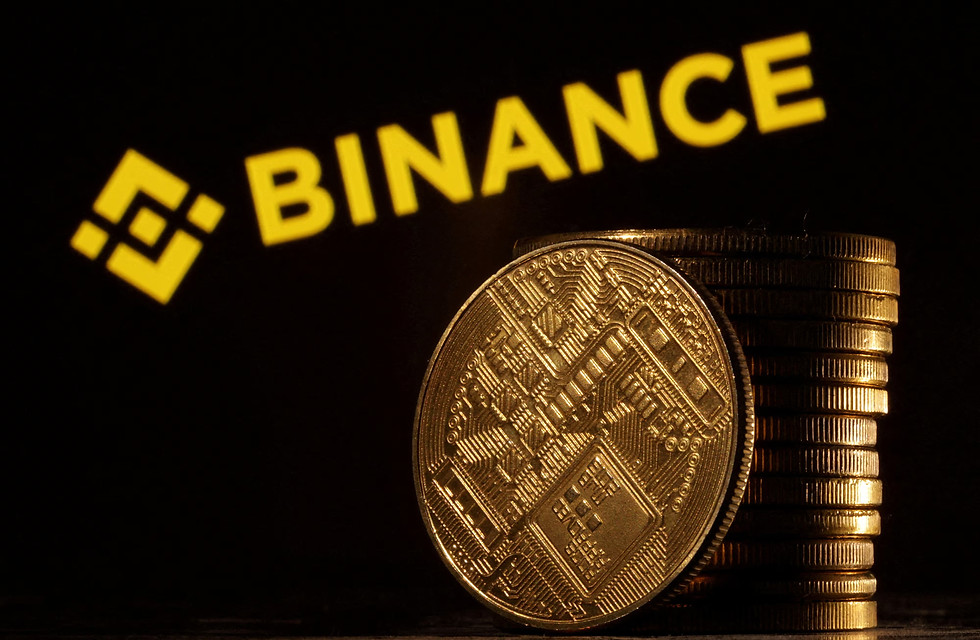The EU is using blockchain to share withholding tax data
- Flexi Group
- May 10, 2022
- 4 min read
To simplify the EU-wide approval process for WHT claims and treaty relief, the European Commission is combining DLT with advances in the Treaty Relief and Compliance Enhancement (TRACE) initiative. Submissions for a corporate consultation on using TRACE functions on blockchain are due by June 26.

"Withholding tax is one of the problem areas that has long refused any attempt to automate like you would automate trading," according to Christian Kaeser, Siemens' global head of tax.
Due to gaps in information exchange between tax administrations, the lack of a standardized reporting framework to support the EU WHT system has long complicated matters for companies paying out dividends and claiming WHT relief.
According to several tax professionals, a centralised EU blockchain is the best-in-class real-time reporting solution to address the information gaps.
In March, the European Parliament approved the Commission's blockchain-based solution as well as TRACE revisions to streamline refund processes. Because the WHT system is directly linked to the infamous cum-ex and cum-cum dividend stripping scandals, there is still strong political support to close the gaps.
"The pilot project based on DLT is a good opportunity for the EU to take the lead in assessing withholding tax relief claims in real-time," Ivan Lazarov, senior researcher at the WU Global Tax Policy Center stated.
Because of the complicated processes in assessing the application of tax treaties for various tax relief claims, large businesses and investment funds often pay more WHT from cross-border investments. Treaty relief can only be obtained by sharing documents with complex networks of intermediaries and tax administrations in real time.
"We welcome the option outlined by the Commission to establish a fully-fledged common EU relief-at-source system, which should be a reliable solution in the long term," said Gonçalo Pereira, tax director at BNY Mellon's EMEA Product Tax team.
The main advantage of blockchain for relief-at-source tax treatment is that all intermediaries and tax administrations will have real-time updates of the most recent corporate documents to prove which companies are eligible for WHT relief.
In 2013, the OECD launched the TRACE initiative to reduce compliance costs for tax administrations and taxpayers by standardizing source-based relief claims. TRACE's outcomes were hampered by the lack of a common digital infrastructure in the EU for information exchange on WHT relief.
"here are several technical difficulties to overcome to claim withholding tax back in at least some EU member states," according to one tax executive at a German investment management firm.
The Court of Justice of the European Union (CJEU) has ruled on the case of Allianzgi-Fonds Aevn vs Centre for Administrative Arbitration (C-545/19), as well as a number of other cases that highlight the challenges of providing WHT relief.
Various WHT treatments in member states do not infringe on the free movement of capital under the Treaty on the Functioning of the EU, according to the CJEU (TFEU).
These cases may have contributed to long-standing delays in the implementation of a common EU framework to address information gaps in relief claims. Foregone WHT relief by EU tax administrations peaked at EUR 8.4 billion ($8.83 billion) in 2021, according to the Commission.
Because information is frequently lost in paper-based information exchange processes, many taxpayers still have difficult questions about WHT claims. This reduces trust among intermediaries and tax authorities, who are increasingly requesting more information to verify a WHT claim.
As a result, WHT refund procedures in the EU are time-consuming, resource-intensive, and expensive because tax administrations are unable to quickly review all contemporaneous documentation that would entitle companies to relief at the source.
"Fast information exchange would certainly save my team a lot of time in claiming refunds," the investment group's head of tax added.
According to ITR, the EU's WHT system's blockchain-based solution is the most significant global WHT development in a decade, and the framework will serve as a model for other tax administrations.
On the tax technology market, there are already proof-of-concept blockchain-based WHT tax solutions. The Commission claims to have taken into account these niche digital solutions in Finland and other member states in order to avoid tax avoidance loopholes while also respecting national data protection rules.
"Our analysis of a blockchain solution to withholding taxes showed that, by drawing on countries’ best practices, solutions to some interesting legal issues can be found that enable governments and industry to benefit from near-real-time access to information and improve the functioning of international capital markets," said Jeffrey Owens, director of the Global Tax Policy Center at the Vienna University of Economics and Business.
TaxGrid, for example, is EY's global tax withholding solution, which uses DLT and zero-knowledge proof to securely share tax information in near real-time between tax administrations, banks, and investors. Tax authorities in the United Kingdom and the Netherlands, as well as large corporations such as BNP Paribas, Citibank, and JP Morgan, have all put the technology to the test.
"This ground-breaking cross-border project illustrates that technological development can facilitate tax policy that works for a wide range of stakeholders," said Kate Barton, EY's global vice-chair for tax.
"The broad tax ecosystem can benefit from withholding tax processes that are more efficient and more secure to reduce costs, increase transparency, and move tax compliance into near-real time," she continued.
By December 2022, the Commission hopes to have completed its EU-wide blockchain-based solution. By early 2023, every member state will be able to connect to the EU's main blockchain, allowing for seamless WHT relief procedures.
By fLEXI tEAM
.png)
.png)







Comments